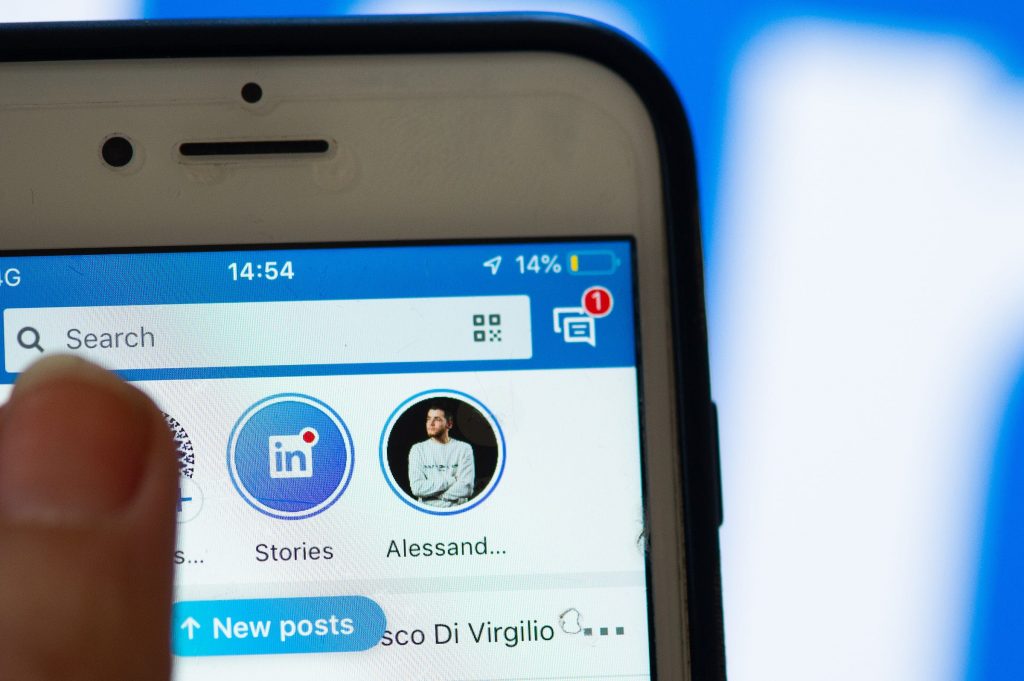- LinkedIn reports an increase in engagement and content publishing on the platform.
- Execs and scholars discussed the strategy behind the company's success.
- It comes down to prioritizing core users and encouraging diversity and inclusion within the company.
If you've found yourself spending more time on LinkedIn recently, you're not alone.
Over the past year, there's been a 28% increase in the number of posts and comments on the platform and a near-sevenfold jump in the number of newsletters, according to LinkedIn.
Part of this is due to what's been happening in the world. The Great Resignation, layoffs in some industries, and reports of companies rescinding job offers are drawing users to the professional-networking platform. Concerns about a potential recession and its impact on the job market might mean you could now spend even more time on LinkedIn. And if those fears don't pull you in, the company is betting a steady flow of articles and other content will.
LinkedIn has become the go-to destination for personal and professional blog posts, newsletters, and news sharing through two main strategies.
The first is LinkedIn's leadership being, in their own words, "obsessed" with how people use the platform. The second is promoting diversity and inclusion to spur creative thinking. Both have helped company leadership figure out where to invest and what features to add.
The focus on making the platform more similar to other social-media apps like Instagram and Facebook has paid off. LinkedIn, which Microsoft acquired in 2016, had more than 830 million users as of April, which is a 20% increase from its 690 million users at the start of 2020.
"Over the past couple of years, we've really seen an explosion of content and conversation on the platform," Keren Baruch, the product lead for creator strategy at LinkedIn, said. "And we're just getting started."
"Member obsessed"
LinkedIn's recent surge in users creating newsletters, blog posts, and comment threads is the result of years of research into how people engage with platform. Execs called the strategy being "member-obsessed," which is reminiscent of Amazon's "customer obsession," the leadership principle that Jeff Bezos, the retailer's founder, has long praised. In essence, it says that by focusing on how customers use a company's product and making it better for them, the whole company succeeds.
Blake Barnes, the vice president of product management at LinkedIn, said major projects often begin by trying to determine what users need to meet their goals.
"The place we start is always with our members, the people that use our platform, and it's looking at our members in the context of our vision. It's understanding what they need," Barnes said.
LinkedIn's mission has always been to connect people to economic opportunity, Baruch said. She noted that over the past several years, finding ways to encourage users to create articles, polls, and other content has emerged as a key way to help users achieve that goal.
In 2007, four years after the company launched, LinkedIn rolled out its messaging feature, allowing users to communicate with one another. In 2008, the company added a discussion feature in LinkedIn Groups so members could debate relevant topics. In 2014, the company introduced its now widely used blogging option. And two years later, in 2016, that blogging option got a face-lift giving writers the ability to add photos and different fonts to their posts and blogs.
Greg Fischer, a professor at Duke University's Fuqua School of Business, said LinkedIn's focus on creating content reflects the company's focus on its users.
"LinkedIn has a clearly defined target user base of working professionals, and they focus strongly on those users," Fischer said. "They have not tried to branch out to reach a younger demographic, or to expand to become 'cool' for people outside of the workforce."
Baruch explained that the company works to form relationships with top content creators. It has a team dedicated to working with the platform's 200 most popular creators.
Conducting listening sessions with these creators and testing concepts with them has generated a number of ideas. "We've seen creators do a host of creative things from networking events, to AMAs, industry deep-dives with thought leaders," Baruch said, referring to "ask me anything" Q-and-A sessions with notable figures.
The idea to let users publish newsletters was one idea that came from the platform's top creators. LinkedIn created the option in 2019 and made it available to all users in 2021.
"It starts from having a very clear strategy of what we want it to feel like to be on LinkedIn," Baruch said.
Emphasizing psychological safety
According to executives, fostering diversity, equity, and inclusion is another driving force of LinkedIn's success.
"The best teams are the ones that have a diverse range of perspectives and backgrounds," Barnes said. "They can create things that no one else can."
He said it comes down to psychological safety, or the environment where workers and partners like content creators believe that they can share their ideas.
Research from McKinsey & Company, a global management-consulting firm, suggests that teams who believe there is psychological safety in their organization are more likely to innovate quickly and adapt well to change.
Tammy Madsen, a professor of strategy and innovation at Santa Clara University's Leavey School of Business, explained how the leadership strategy relates to quick innovation. Psychological safety, she explained, means workers can share ideas without fear of backlash, but also feel safe enough to challenge one another.
"If there's an idea that challenges the status quo, it's about not defaulting to negative feedback simply because of that," she said. "It's about encouraging risk taking, encouraging experimentation, trying to foster a learning culture."
Dit artikel is oorspronkelijk verschenen op z24.nl

